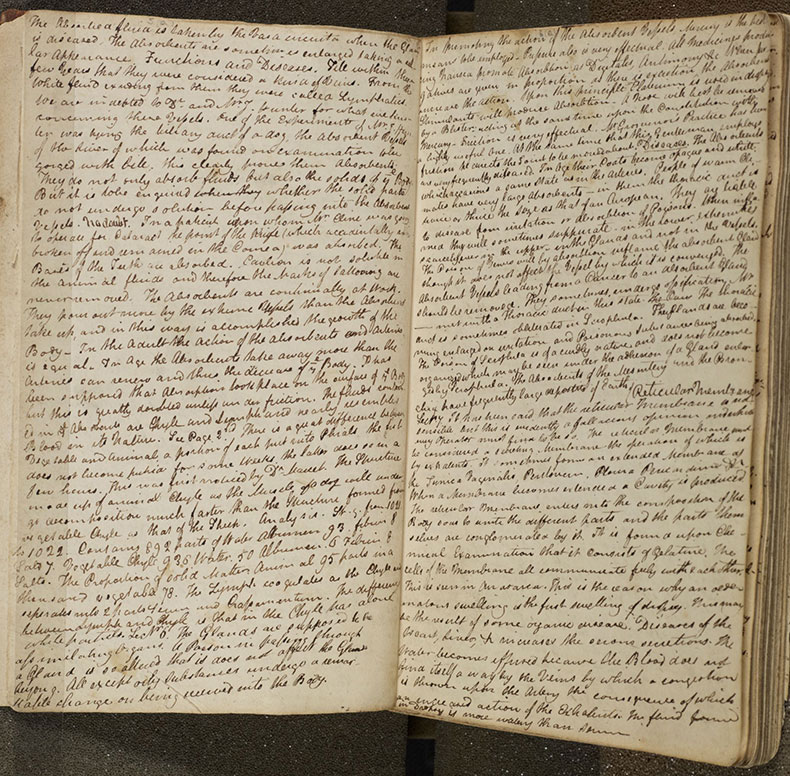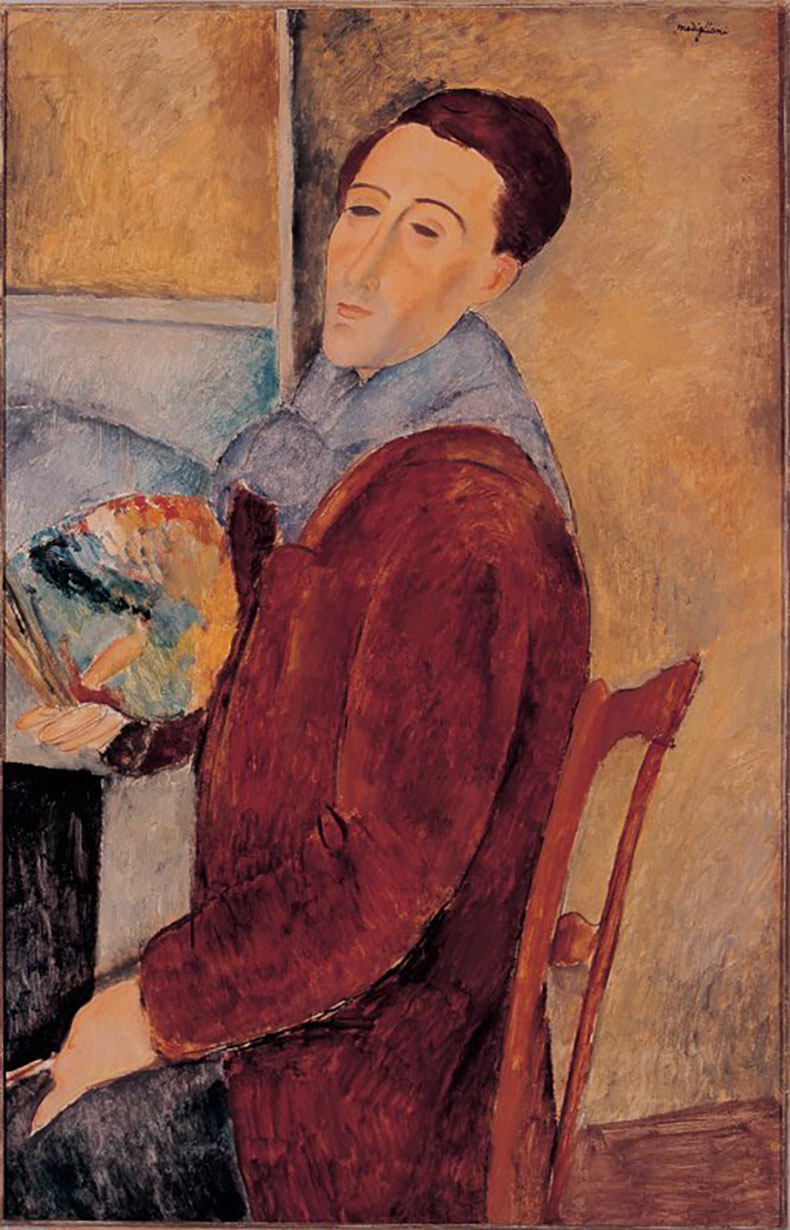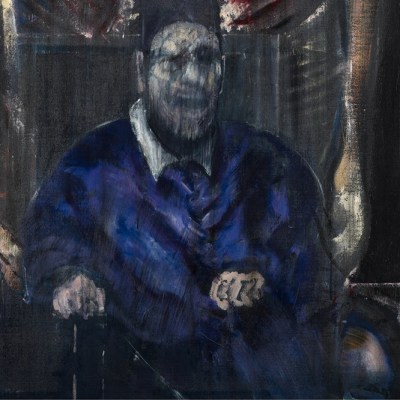Until 1882, when the bacteria that causes tuberculosis was discovered by the German microbiologist Robert Koch, the disease was imbued with mystery. Known as the White Plague after the pale skin of patients, the phthisic look – emancipated figure and sunken eyes – became fashionable, as typified by the likes of Frédéric Chopin and the violinist Niccolò Paganini who both eventually died from the disease. This, coupled with the belief that sufferers became more sensually aware, captured the imaginations of artists and writers across the globe, some of whom romanticised the illness while others documented the pain it caused with tender realism.
The airborne disease, which mostly affects the lungs, became a growing concern in the 19th and 20th centuries as it spread quickly among the urban poor. In 1815, one in four deaths in England was due to ‘consumption’, a name given to TB because of the weight loss associated with it. By the 20th century mortality rates had decreased, though the disease is far from eradicated.
Here we take a look at some of the most fascinating works of art associated with the deadly disease in public collections around the world.
Drawing sheet with three heads, probably Saskia (c. 1637), Rembrandt van Rijn. Collection Museum Rembrandthuis, Amsterdam

1. Drawing sheet with three heads, probably Saskia (c. 1637), Rembrandt van Rijn
Museum Rembrandthuis, Amsterdam
Rembrandt was bereft when his wife, Saskia, died at the age of 30 from what is thought to have been tuberculosis, compounded by the physical strain of childbirth. He depicted her in drawings and paintings many times over the course of their eight-year marriage. These unassuming sketches attest to his love, which was so great he gave up painting in oils for several years after she died. Click here to find out more on the Bloomberg Connects app.
Pages from John Keats’s medical notebook. Photo: courtesy of Keats House, City of London Corporation.

2. Pages from John Keats’s medical notebook
Keats House, London
Before becoming a poet, and dying of tuberculosis himself, John Keats studied medicine at Guy’s Hospital. This is the only notebook that survived him, its pages filled with scrawled lecture notes and a handful of drawings of flowers. Click here to find out more.
L’Auto-Portrait (1919), Amedeo Modigliani. Museu de Arte Contemporânea da Universidade de São Paulo. Photo: Wikimedia Commons (public domain)

3. L’Auto-Portrait (1919), Amedeo Modigliani
Museu de Arte Contemporânea da Universidade de São Paulo
Along with Munch and Delacroix, Modigliani was one of many artists who suffered from tuberculosis. He first contracted the illness when he was 16; when he recovered his mother took him on a tour of Italy which was instrumental in his artistic development. Click here to find out more.
Stool 60, designed by Alvar Aalto 1933. Photo: Tiina Ekosaari; courtesy Alvar Aalto Foundation

4. Stool 60 (1933), Alvar Aalto
Vitra Design Museum, Weil am Rhein
While the sick were housed in overcrowded buildings that were likened to prisons, the rich self-isolated in luxurious mountain resorts or modernist palaces such as Alvar Aalto’s Paimio Sanatorium in Finland. It was here that Aalto and his wife Aina came up with the original design for his signature Stool 60 which is still highly sought after and much imitated today. Click here to find out more.
Download now
![]() ‘4 things to see this week’ is sponsored by Bloomberg Connects, the free arts and culture app. Bloomberg Connects lets you access museums, galleries and cultural spaces around the world on demand. Download the app here to access digital guides and explore a variety of content or scan the QR code.
‘4 things to see this week’ is sponsored by Bloomberg Connects, the free arts and culture app. Bloomberg Connects lets you access museums, galleries and cultural spaces around the world on demand. Download the app here to access digital guides and explore a variety of content or scan the QR code.




